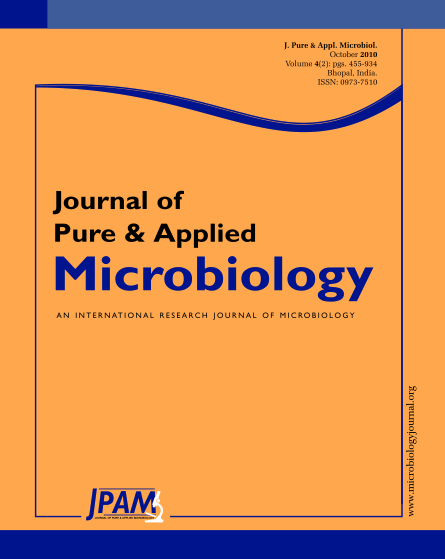Antimicrobial activities of leaves of selected plants: sweet broom (Scoparia dulcis), sandbox tree (Hura crepitans), orange (Citrus sinensis), papaya (Carica papaya) and soursop (Annona muricata) were investigated using the pour plate method. The dried leaves of the above mentioned plants were exhaustively extracted in dried hexane, dichloromethane and methanol. Solvents were removed in vacuo to yield paste and viscous oil. Each solvent type extract was subjected to antimicrobial activity tests using the pour plate method. Using the number of non existence colonies as an indication of the antibacterial and antifungal properties of the extract, it was found that the methanol extract was the most antibacterial (zero colonies survive) followed by dichloromethane extract and hexane extract. Controls for the bacteria/fungus were tested against the solvents and it was found that the solvent had no antiseptic effect on the microorganisms. Future work involves the isolation and purification of natural products and an investigation of their individual antimicrobial activity.
Antimicrobial, selected plants, pour plate, antibacterial, antifungal, antiseptic, microorganisms, natural products
© The Author(s) 2010. Open Access. This article is distributed under the terms of the Creative Commons Attribution 4.0 International License which permits unrestricted use, sharing, distribution, and reproduction in any medium, provided you give appropriate credit to the original author(s) and the source, provide a link to the Creative Commons license, and indicate if changes were made.


